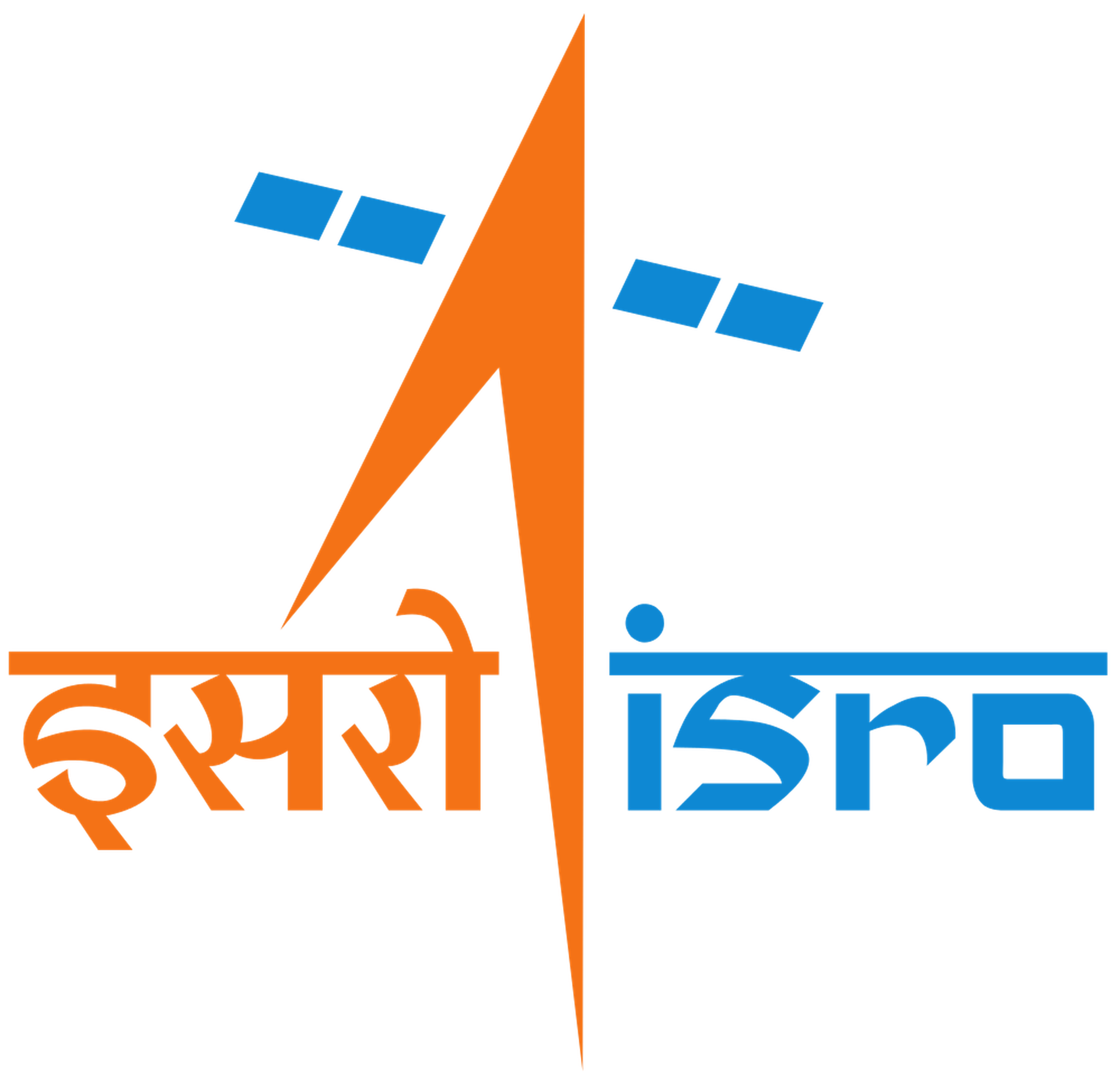NISAR (NASA-ISRO Synthetic Aperture Radar)
GSLV Mk II
Indian Space Research Organization
Rocket Launch Videos
Weather Forecast During Launch
The forecast calls for a temperature of 93°F, overcast clouds, 100% cloud cover and a wind speed of 4mph.
Rocket Launch Timeline
Enhance your rocket launch experience with a detailed timeline! From pre-launch preparations to post-launch milestones, a well-structured schedule ensures every step—payload prep, safety checks, and liftoff—runs smoothly. Stay informed and follow the action with precision.
| T- 00 : 00 : 05 | Ignition Start of the engine ignition sequence |
| T+ 00 : 00 : 00 | Liftoff First upwards movement of the rocket |
| T+ 00 : 02 : 29 | MECO Cut-off of the main engine |
| T+ 00 : 02 : 30 | SES Start of the second engine |
| T+ 00 : 02 : 31 | Stage 2 Separation Separation of the second stage from the first |
| T+ 00 : 02 : 51 | Fairing Separation Separation of the payload fairing |
| T+ 00 : 04 : 50 | SECO Cut-off of the second engine |
| T+ 00 : 04 : 53 | Stage 3 Separation Separation of the third stage from the second |
| T+ 00 : 04 : 54 | Stage 3 Ignition Third stage engine ignites. |
| T+ 00 : 18 : 21 | Stage 3 Cutoff Third stage engine shuts down. |
| T+ 00 : 18 : 36 | Payload Separation Final deployment of the payload from the rocket |
Mission
NISAR (NASA-ISRO Synthetic Aperture Radar)
- Type: Earth Science
- Orbit: Sun-Synchronous Orbit
The NASA-ISRO Synthetic Aperture Radar, or NISAR satellite, will use advanced radar imaging to map the elevation of Earth's land and ice masses 4 to 6 times a month at resolutions of 5 to 10 meters. It is designed to observe and measure some of the planet's most complex natural processes, including ecosystem disturbances, ice-sheet collapse, and natural hazards such as earthquakes, tsunamis, volcanoes and landslides.
Under the terms of the agreement, NASA will provide the mission's L band synthetic aperture radar (SAR), a high-rate telecommunication subsystem for scientific data, GPS receivers, a solid-state recorder, and a payload data subsystem. ISRO will provide the satellite bus, an S band synthetic aperture radar, the launch vehicle, and associated launch services.
Location
Satish Dhawan Space Centre Second Launch Pad
Satish Dhawan Space Centre, India
Satish Dhawan Space Centre Second Launch Pad has witnessed the launch of 30 rockets, including 29 orbital launch attempts. While Satish Dhawan Space Centre, India, has been the site for 100 rocket launches.
Satish Dhawan Space Centre – SDSC (formerly Sriharikota Range – SHAR),[1] is the primary spaceport of the Indian Space Research Organisation (ISRO), located in Sriharikota, Andhra Pradesh.
Rocket
Indian Space Research Organization GSLV Mk. II
Geosynchronous Satellite Launch Vehicle Mark II (GSLV Mk II) is the largest launch vehicle developed by India, which is currently in operation. This fourth generation launch vehicle is a three stage vehicle with four liquid strap-ons. The indigenously developed cryogenic Upper Stage (CUS), which is flight proven, forms the third stage of GSLV Mk II. From January 2014, the vehicle has achieved four consecutive successes.
Agency
Indian Space Research Organization
The Indian Space Research Organisation (ISRO) is the space agency of the Government of India headquartered in the city of Bangalore. Its vision is to "harness space technology for national development while pursuing space science research and planetary exploration."


